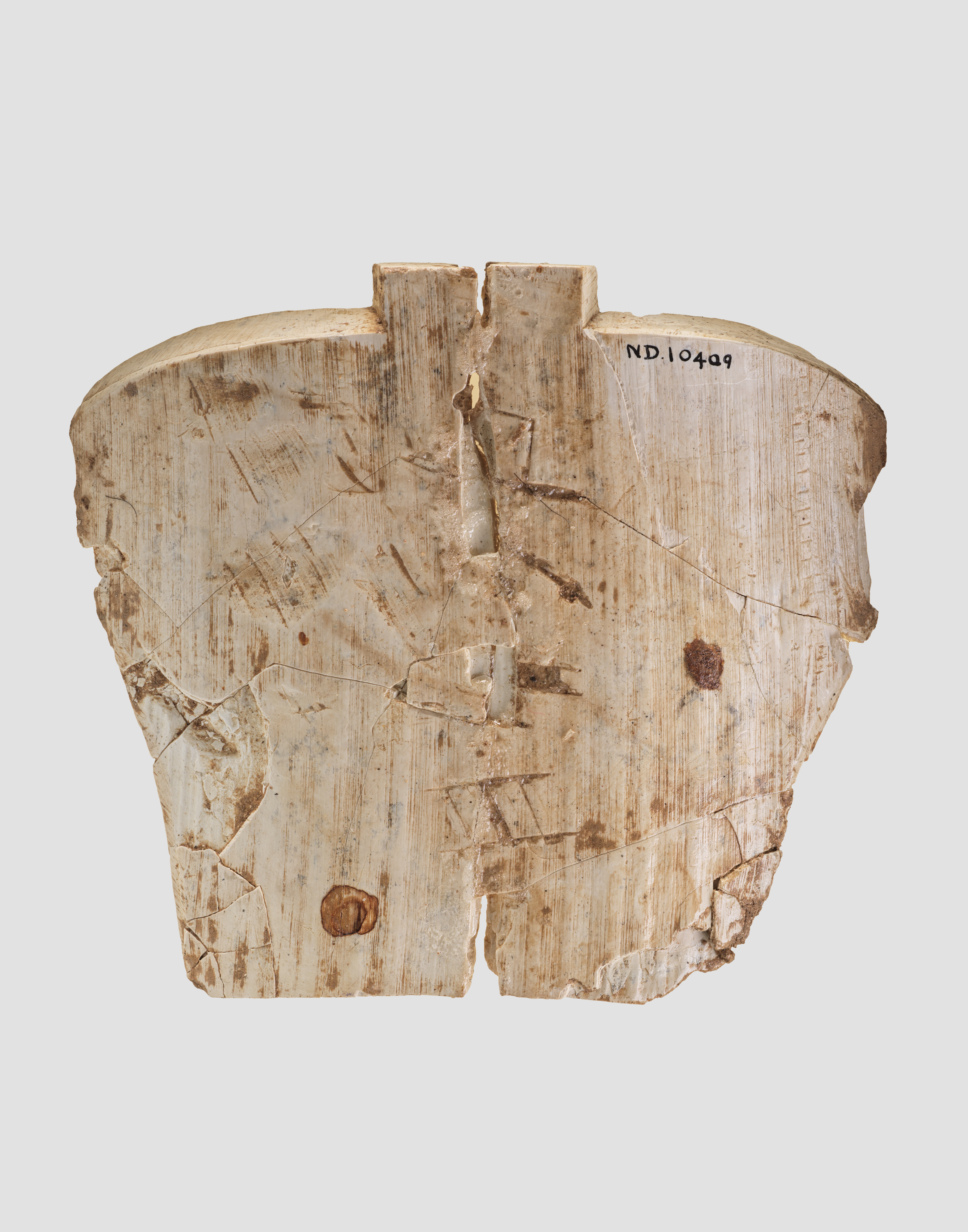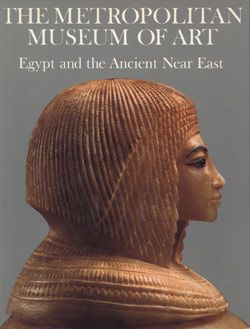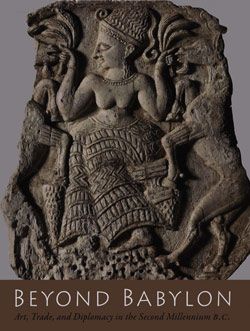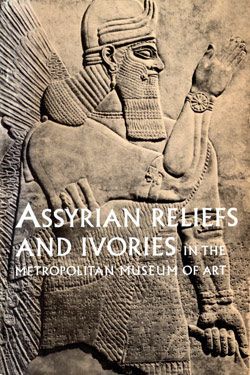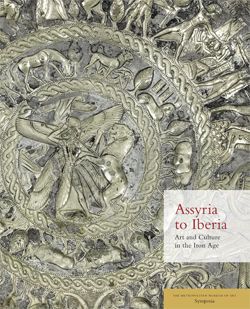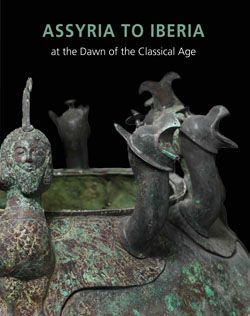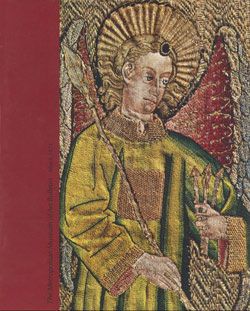Cloisonné furniture plaque with two griffins in a floral landscape
Not on view
This slightly concave, exquisitely carved plaque depicts two addorsed griffins, hybrid creatures with the body of a lion and the head, wings, and talons of an eagle, within a floral landscape now missing its brightly-colored inlays. It was found in a large storeroom at Fort Shalmaneser, a royal building at Nimrud that was probably used to store tribute and booty collected by the Assyrians while on military campaign. A rectangular projection, or tenon, in the center of the upper edge is perforated longitudinally with a dowel hole, suggesting that this piece was originally secured to a frame by means of a dowel and mortise, likely as part of a piece of furniture. The West Semitic letter Heth is inscribed into the reverse of the ivory. Known as a fitter’s mark, this letter would have served as a guide to aid the craftsperson in the piece-by-piece assembly of the original piece of furniture to which this plaque originally belonged. From a central volute in the lower portion of the plaque with two palmettes extending on either side, a large, ovoid volute encircles two back-to-back griffins, their wing feathers and sidelocks meticulously cut into cloisons, walled cells meant to hold inlays, probably of semiprecious stone or colored glass. These hybrid creatures stand in a forest of lotus blossoms and extend their necks upwards to nibble on foliage. The plaque’s symmetrical composition and skillful carving style are characteristically Phoenician, as is the cloisonné technique, especially the treatment of floral stalks formed as alternating solid and inlaid bands.
Built by the Assyrian king Ashurnasirpal II, the palaces and storerooms of Nimrud housed thousands of pieces of carved ivory. Most of the ivories served as furniture inlays or small precious objects such as boxes. While some of them were carved in the same style as the large Assyrian reliefs lining the walls of the Northwest Palace, the majority of the ivories display images and styles related to the arts of North Syria and the Phoenician city-states. Phoenician style ivories are distinguished by their use of imagery related to Egyptian art, such as sphinxes and figures wearing pharaonic crowns, and the use of elaborate carving techniques such as openwork and colored glass inlay. North Syrian style ivories tend to depict stockier figures in more dynamic compositions, carved as solid plaques with fewer added decorative elements. However, some pieces do not fit easily into any of these three styles. Most of the ivories were probably collected by the Assyrian kings as tribute from vassal states, and as booty from conquered enemies, while some may have been manufactured in workshops at Nimrud. The ivory tusks that provided the raw material for these objects were almost certainly from African elephants, imported from lands south of Egypt, although elephants did inhabit several river valleys in Syria until they were hunted to extinction by the end of the eighth century B.C.
This image cannot be enlarged, viewed at full screen, or downloaded.
This artwork is meant to be viewed from right to left. Scroll left to view more.


